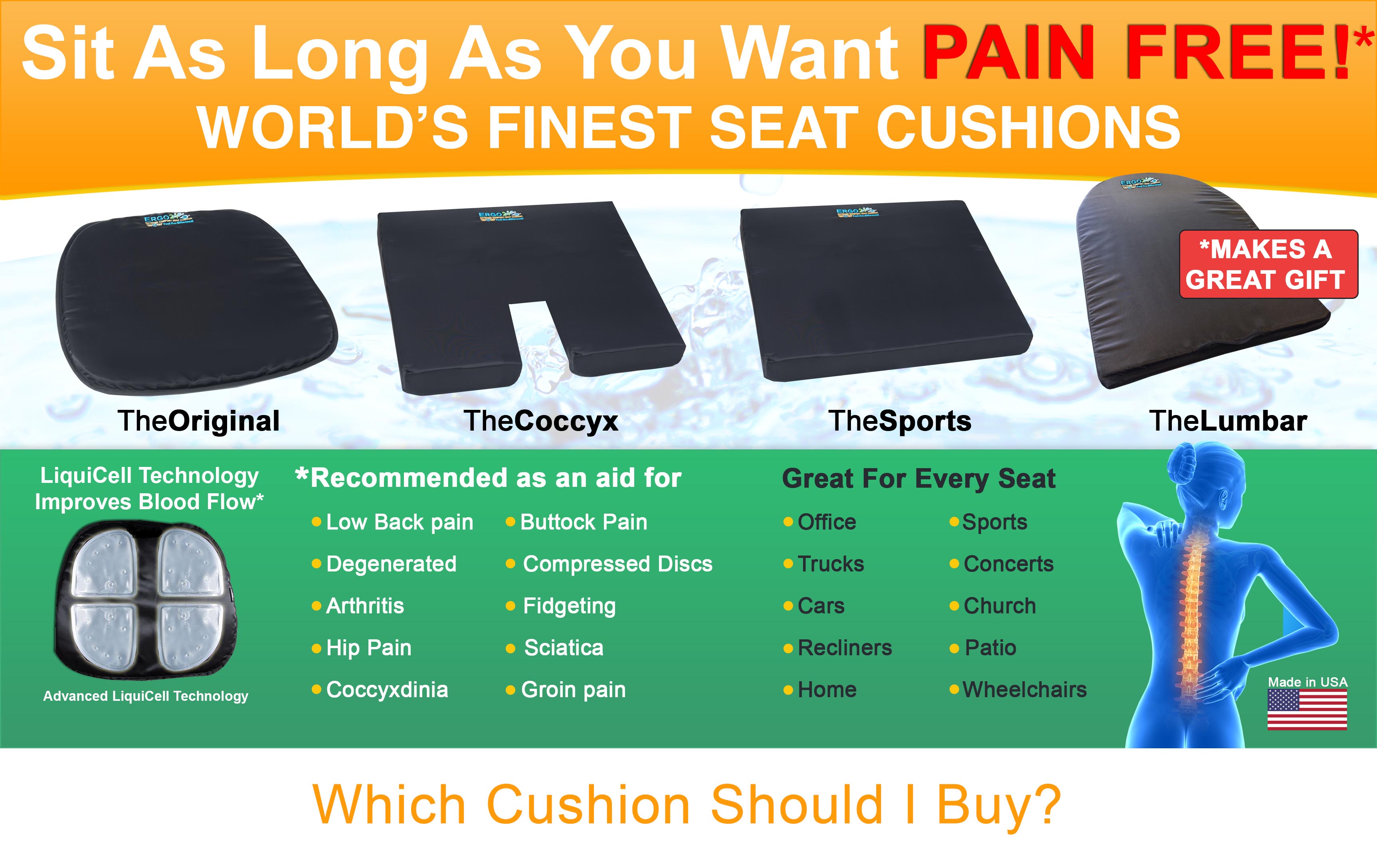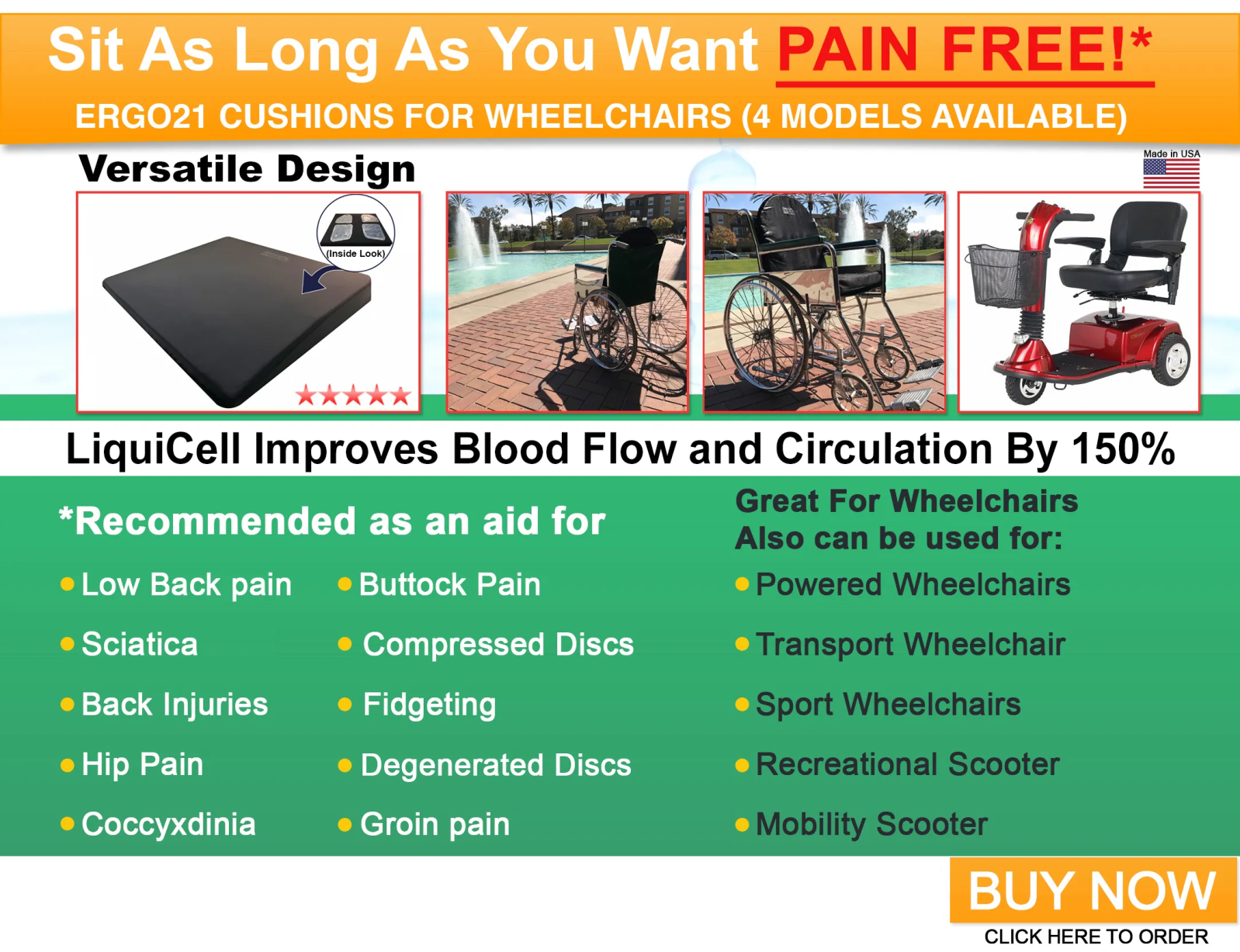Types of Chairs for Pressure Sore Prevention: Best Chair For Pressure Sores

Choosing the right chair is super important, especially if you’re prone to pressure sores. A chair that provides adequate support and pressure relief can significantly improve comfort and prevent skin breakdown. Let’s explore some options and their features.
Chair Types and Their Features
The choice of chair depends heavily on individual needs and mobility. Here’s a comparison of different chair types suitable for pressure sore prevention:
| Chair Type | Key Features | Pressure Relief Mechanisms | Potential Drawbacks |
|---|---|---|---|
| Wheelchair | Mobility, adjustable features (seat height, angle, footrests), various sizes and designs available. | Pressure-relieving cushions (gel, foam, air), tilt-in-space function, customized seating systems. | Can be expensive, requires proper fitting and maintenance, may not be suitable for all environments. |
| Recliner | Adjustable backrest and footrest, promotes relaxation, often includes cushioning. | Proper positioning can minimize pressure points, cushioned seating, some models offer vibration or heat therapy. | Limited mobility, may not provide sufficient support for individuals with severe mobility issues. |
| Office Chair | Adjustable height, lumbar support, armrests, often swivel functionality. | Lumbar support reduces pressure on the lower back, adjustable height allows for proper posture. | May not provide sufficient pressure relief for individuals at high risk of pressure sores, requires proper posture maintenance. |
Chair Materials and Their Impact
The materials used in chair construction significantly influence pressure sore prevention. The right materials enhance breathability, distribute weight evenly, and provide cushioning.
Best chair for pressure sores – Material selection is crucial for pressure sore prevention. Here’s a look at some key materials:
- Breathable Fabrics: Materials like mesh or specialized breathable fabrics allow for air circulation, reducing moisture buildup and preventing skin irritation. This is especially important for users who sweat easily.
- Memory Foam: Conforms to the body’s shape, distributing pressure evenly and reducing pressure points. Provides excellent cushioning and support.
- Gel Cushions: Offer excellent pressure redistribution, providing a cooling effect and reducing heat buildup. These are often used in conjunction with other materials.
- Alternating Pressure Systems: These systems use air bladders that inflate and deflate alternately, shifting pressure points and improving blood circulation. This is often a feature in specialized wheelchairs and medical-grade seating.
Posture and Seating Adjustments, Best chair for pressure sores
Maintaining proper posture and making appropriate seating adjustments are essential for pressure sore prevention, regardless of the chair type.
Visual aids would be beneficial here to show proper posture in different chairs. Imagine a diagram for each chair type (wheelchair, recliner, office chair). For example, the wheelchair diagram would show the user sitting upright with their hips and knees at a 90-degree angle, their feet flat on the footrests, and their back supported by the chair back. The recliner diagram would show a similar upright posture, with the footrest adjusted to support the legs. The office chair diagram would depict the user sitting upright with their lower back supported by the lumbar support, their feet flat on the floor, and their elbows at a 90-degree angle. These diagrams would clearly illustrate the ideal posture for each chair type and how to minimize pressure points.
Choosing the Right Chair and Maintenance

Choosing the right chair is super crucial, especially if you’re at high risk for pressure sores. It’s all about preventing those nasty bedsores before they even start. Think of it as investing in your comfort and long-term health – a total game-changer! This section breaks down how to choose the perfect chair and keep it in tip-top shape.
Selecting the Right Chair for Pressure Sore Prevention
Picking the right chair is a bit like finding the perfect pair of shoes – it needs to fit your specific needs perfectly. Consider these factors to make the best choice for your health and comfort.
- Body Weight: The chair needs to support your weight evenly. Heavier individuals might need a chair with a stronger frame and wider base for better stability and pressure distribution. A flimsy chair will only worsen the problem.
- Mobility: Your mobility level greatly impacts chair selection. If you have limited mobility, you’ll need a chair that’s easy to get in and out of, perhaps with armrests for support and a height that allows for easy transfers. Consider features like adjustable height and tilt.
- Medical Conditions: Certain medical conditions, like diabetes or paralysis, increase pressure sore risk. If you have any such conditions, consult your doctor or physical therapist for recommendations. They might suggest specific chair features or materials best suited to your needs. For example, someone with poor circulation might benefit from a chair with improved ventilation.
- Chair Materials: The chair’s material plays a key role in pressure relief. Breathable fabrics are a must, preventing excessive heat and moisture buildup. Look for materials that are easy to clean and maintain, and that offer good support without being too firm or too soft.
- Pressure Redistribution Features: Look for features designed to reduce pressure points, such as gel cushions, memory foam, or air-filled cushions. These materials conform to your body shape, providing more even pressure distribution and reducing the risk of sores.
Chair Maintenance for Pressure Sore Prevention
Regular maintenance is essential to keep your chair in top condition and prevent pressure sores. Neglecting this can lead to faster wear and tear, increasing the risk of uneven pressure distribution. Think of it like regular car maintenance – small steps go a long way.
- Regular Cleaning: Clean your chair regularly, especially if you sweat a lot. Use a mild detergent and water to wipe down the fabric or other surfaces. Allow it to air dry completely before use. This prevents the buildup of bacteria and moisture, which can irritate the skin and increase pressure sore risk.
- Inspecting Chair Components: Regularly inspect all parts of the chair, including the frame, cushions, and any adjustable mechanisms. Look for any signs of wear and tear, such as cracks, loose screws, or damaged fabric. Address any issues promptly to prevent further damage and maintain optimal support.
- Cushion Care: Pay special attention to the cushions. If they are removable, wash them according to the manufacturer’s instructions. If not, spot clean them as needed. Ensure cushions are properly inflated (if applicable) and evenly distributed to maintain optimal pressure relief.
- Frame Inspection: Check the chair’s frame for any signs of damage or instability. Loose screws or wobbly legs can significantly affect pressure distribution and increase the risk of falls. Tighten any loose screws or seek professional repair if needed.
- Professional Servicing: Depending on the chair’s complexity, consider professional servicing at least once a year. This ensures that all components are functioning correctly and that any potential problems are addressed before they become serious issues. A well-maintained chair is a safer chair.
